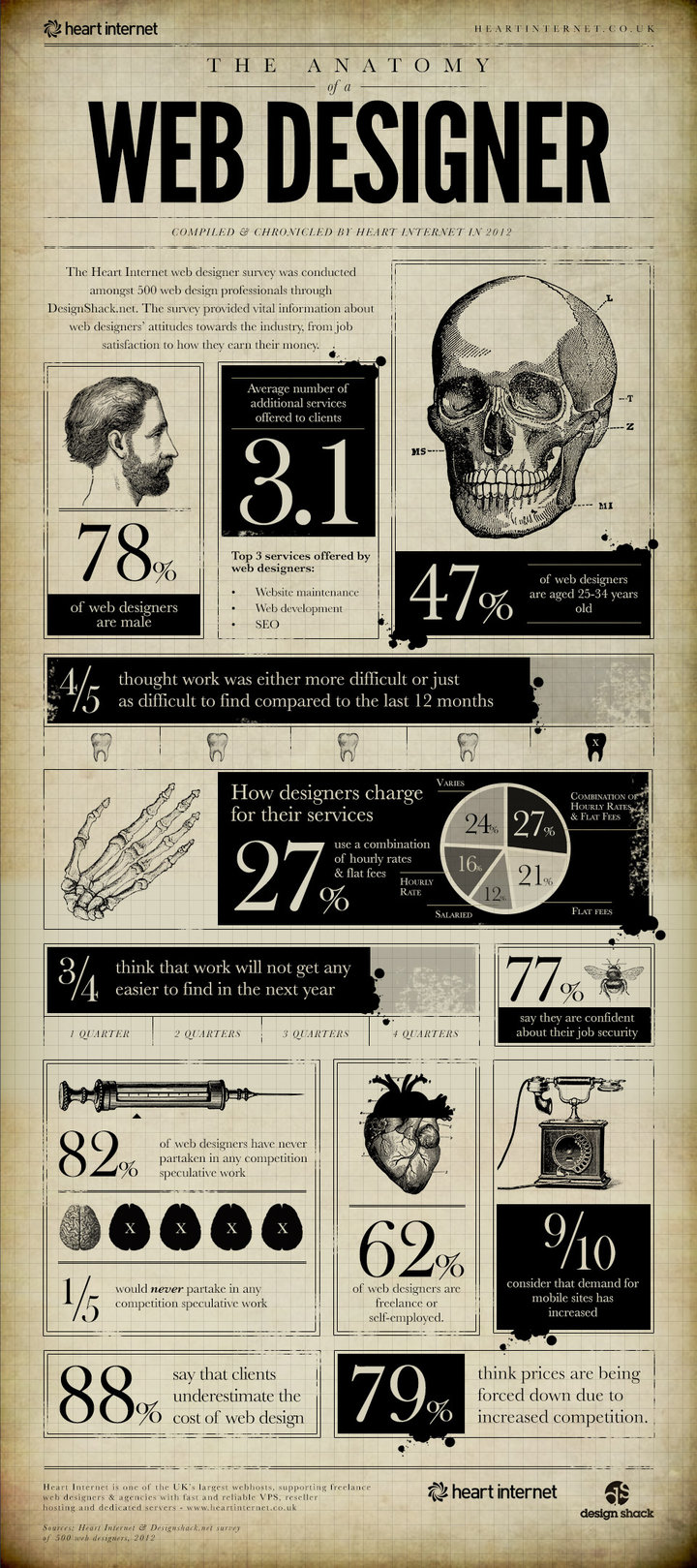Since the release of Apple’s retina capable displays, the internet has been running behind the devices accessing it. Instead of improving the way browsing the web looks, the end result of using retina devices to look at the internet is usually blurry images.
Some have begun upscaling their images so that higher resolution images will be loaded only on these high resolution displays, but these images will only look good until screen resolution makes another leap forward. Basically, upscaling images is just optimizing your site for two different kinds of displays, and not preparing for the future.
Adam Fairhead has a different option that may help designers be prepared for future advances, as well as promising a great experience for users right now. By using Scalable Vector Graphics (SVGs) you can create images that are responsive to displays. Rather than hardcoding every pixel to an individual color, these graphics act as instructions for the display to show the image in the best way possible for that resolution.
If you want to not just upgrade your site to the current display standards (which most of the web has yet to actually do), you can upgrade your site’s images to hopefully be able to stand up to any advances future displays throw at us.







